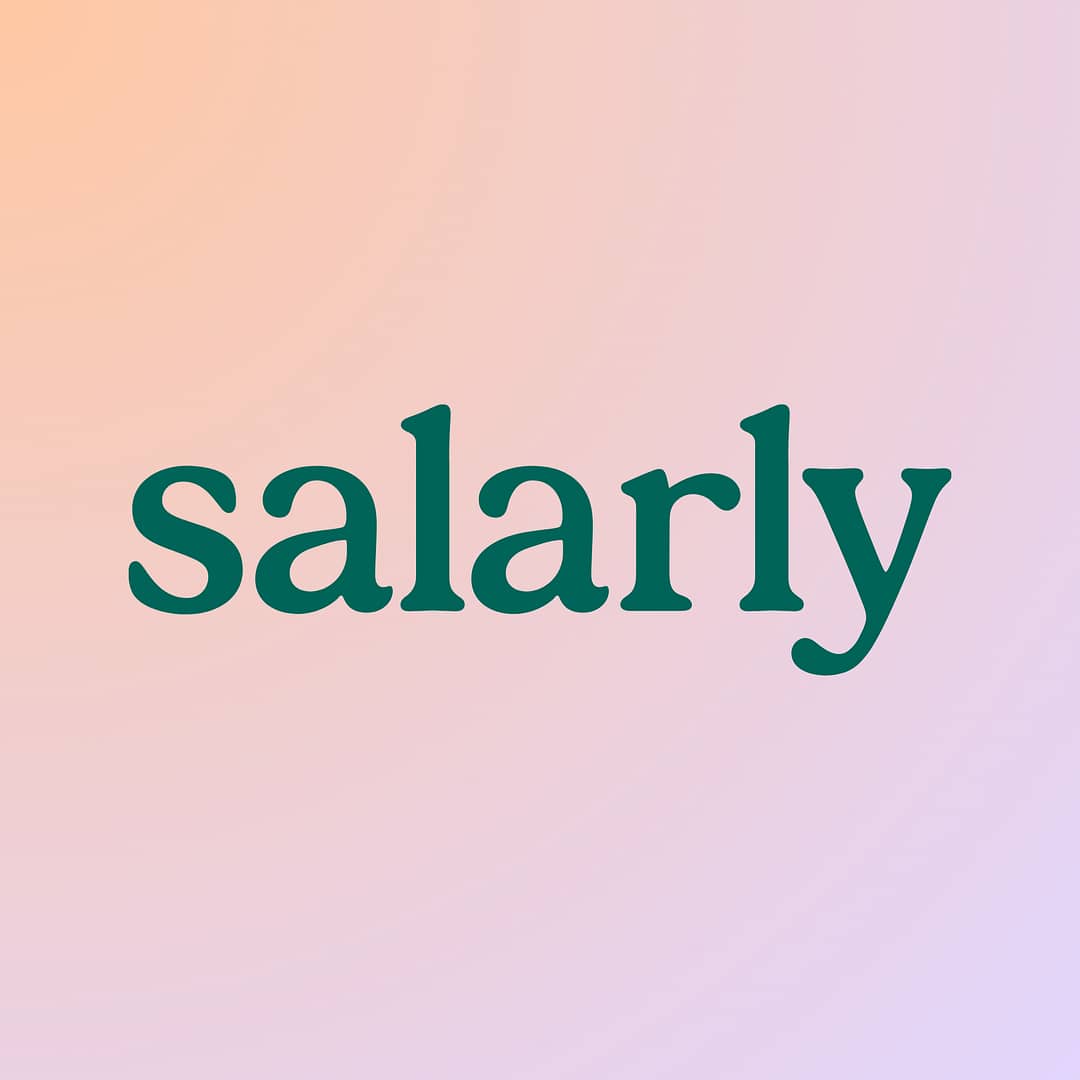Your paycheck is more than just money, it’s peace of mind, stability, and the ability to plan ahead. But how often you get paid can make a big difference in how easy, or stressful, it is to stay on top of your bills. That’s why understanding different pay cycles matters.
At Salarly, we offer fair payroll-linked loans designed to fit your pay schedule, whether you get paid weekly, biweekly, or monthly.
Let’s break down the most common pay cycles, how they work, and how they impact your financial routine.
What Is a Pay Cycle?
Your pay cycle is simply the schedule your employer follows to issue your paycheck. It dictates how often you receive wages for your work. Different industries and employers use different cycles based on their business needs and workforce preferences.
Knowing your pay cycle helps you plan your expenses, savings, and even borrowing, especially if you use solutions like Salarly that align your loan payments with your paycheck.
Common Types of Pay Cycles
1. Weekly Pay
You receive a paycheck every week, typically 52 paychecks per year.
Common for:
- Healthcare workers
- Hourly employees
- Contractors
Pros:
✔ Money comes in frequently
✔ Easier to manage weekly expenses
Cons:
➖ Smaller paycheck amounts compared to other cycles
➖ Budgeting for larger bills can require more planning
Quick Tip: Weekly borrowers can now take advantage of payroll linked loans with Salarly, with weekly repayments, making it easy to stay in control without surprise payment dates.
2. Biweekly Pay
Paychecks arrive every two weeks, usually 26 pay periods a year.
Common for:
- Teachers and school employees
- Nurses
- Government workers
Pros:
✔ Predictable paydays
✔ Two “extra” paychecks in months with five weeks
Cons:
➖ Monthly bills don’t always line up perfectly
➖ Requires careful budgeting across uneven months
Quick Tip: Our biweekly repayment option keeps your loan payments aligned with your paycheck, so you never fall behind or feel the squeeze between paydays.
3. Semimonthly Pay
Employees are paid twice a month, often on the 15th and last day.
Common for:
- Salaried professionals
- Corporate jobs
Pros:
✔ Consistent monthly budgeting
✔ Matches well with monthly bills
Cons:
➖ Pay periods vary in length
➖ Budgeting between longer gaps can be tricky
Quick Tip: Even with semimonthly pay, you can sync Salarly loan repayments to your paycheck for smooth, stress-free budgeting.
4. Monthly Pay
You receive one paycheck per month, often on the first or last day.
Common for:
- Some contract workers
- International employers
- Commission-based roles
Pros:
✔ Easy to match with rent, mortgage, and major bills
✔ Simplified financial overview
Cons:
➖ Requires strict budgeting discipline
➖ Long gaps between paychecks can strain cash flow
Quick Tip: For monthly earners, having a flexible, payroll linked loan with Salarly gives peace of mind during the wait between paydays.
Why Your Pay Cycle Matters for Borrowing
When you borrow with Salarly, we align your repayments to your specific pay cycle, whether that’s weekly, biweekly, semimonthly, or monthly. This means:
✅ No surprises
✅ Payments come straight from your paycheck
✅ You stay in control of your finances
Our payroll-linked loans are designed to work with your pay schedule, so you can cover unexpected expenses, avoid high-interest payday loans, and build financial confidence.
The Bottom Line
Your pay cycle affects how you budget, save, and borrow. Whether you’re paid weekly, biweekly, semimonthly, or monthly, understanding your schedule puts you in control.
Need a financial solution that fits your pay cycle? Salarly is here to help with fair, simple, transparent payroll-linked loans that work for you.
Check your eligibility today -> see how easy it can be to stay on track.
FAQs: Pay Cycles and Salarly
What are the different types of pay cycles?
The most common types of pay cycles are weekly, biweekly, semimonthly, and monthly. Weekly pay means you get paid every week. Biweekly pay means you receive a paycheck every two weeks. Semimonthly pay provides two paychecks per month, often on the 15th and last day. Monthly pay means you receive one paycheck each month.
Which pay cycle is best for managing money?
The best pay cycle depends on your personal budget. Weekly pay can make it easier to cover frequent expenses, while semimonthly or monthly pay aligns better with rent and major bills. No matter your pay cycle, tools like Salarly’s payroll linked loans help align borrowing and repayment with your paycheck.
How does a pay cycle affect loan repayments?
Your pay cycle determines how often you receive funds, in order to pay back a loan. With loans like Salarly, repayments match your specific pay schedule, whether weekly, biweekly, semimonthly, or monthly, making it easier to stay on track financially.
What happens if my employer changes my pay cycle?
If your pay cycle changes, it’s important to update any linked financial tools. With Salarly, you can contact our team to adjust your payroll-linked loan repayment schedule, so everything stays aligned with your new pay dates.











